Advertisement
Purple Place

Purple Place is a casual game collection originally designed for young players. It includes three separate mini-games, each focused on a specific skill: memory, pattern recognition, and time-based coordination. The games are set in a colorful environment with simple controls and clear objectives. Although the original version was bundled with older Windows operating systems, it remains popular through unofficial versions and browser adaptations. Players return to it for its simplicity and nostalgic appeal.
Overview of Game Modes
The collection features three main activities. The first is a matching game that challenges players to flip cards and remember their positions. The second game involves assembling cakes according to customer orders, requiring attention to color, shape, and topping combinations. The third game focuses on dressing characters based on visual clues, rewarding players for accuracy and speed. Each mode increases in difficulty as players progress, offering a gradual learning curve suited for all ages.
The core games include:
- A card-matching activity focused on short-term memory
- A cake-making station with multiple decoration options
- A character-dressing game requiring color and item matching
- Difficulty scaling from basic to advanced in each game
- Visual feedback and scoring to track performance
Visual Style and Interaction
Purple Place uses a bright, cartoon-inspired design. Each mini-game features its own setting and animated characters. Controls rely on mouse clicks, making the game accessible to players with limited gaming experience. The interface is designed to minimize confusion and guide players through tasks step by step. Audio cues and simple animations support the actions on screen, helping users understand what each interaction means. There are no penalties or negative outcomes, creating a relaxed experience.
Educational and Recreational Value
Although originally intended for entertainment, the game helps develop useful skills. The card game supports memory development, while the cake shop improves pattern recognition and sequencing. The dressing game encourages visual attention and decision-making. The low-pressure environment allows players to experiment and improve through repetition. Parents often use Purple Place to introduce children to computer games without complex systems or fast reactions. The structure also makes it suitable for short, casual play sessions.
Purple Place continues to be remembered as a gentle introduction to computer gaming. Its design focuses on clarity, structure, and positive reinforcement. Without timers or fail states, the experience emphasizes learning and enjoyment. As modern games grow more complex, Purple Place remains an example of simple game design that still engages through clarity and accessibility. It remains available through unofficial versions, preserving its original form for those who want to revisit or share it.
Advertisement




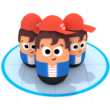




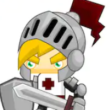















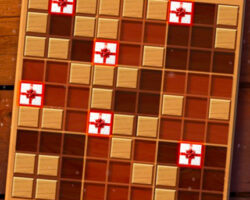

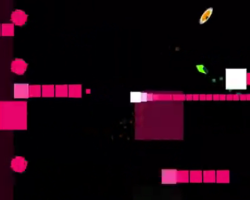
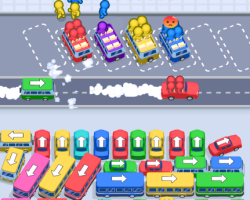
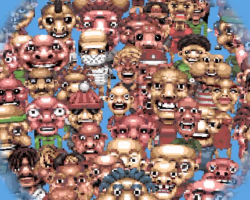


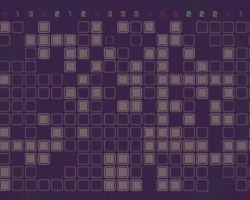
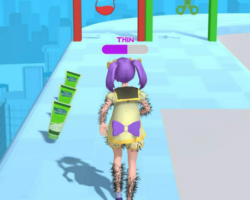
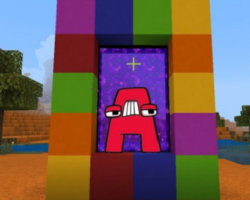












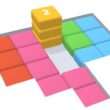













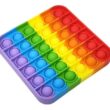
























Comments